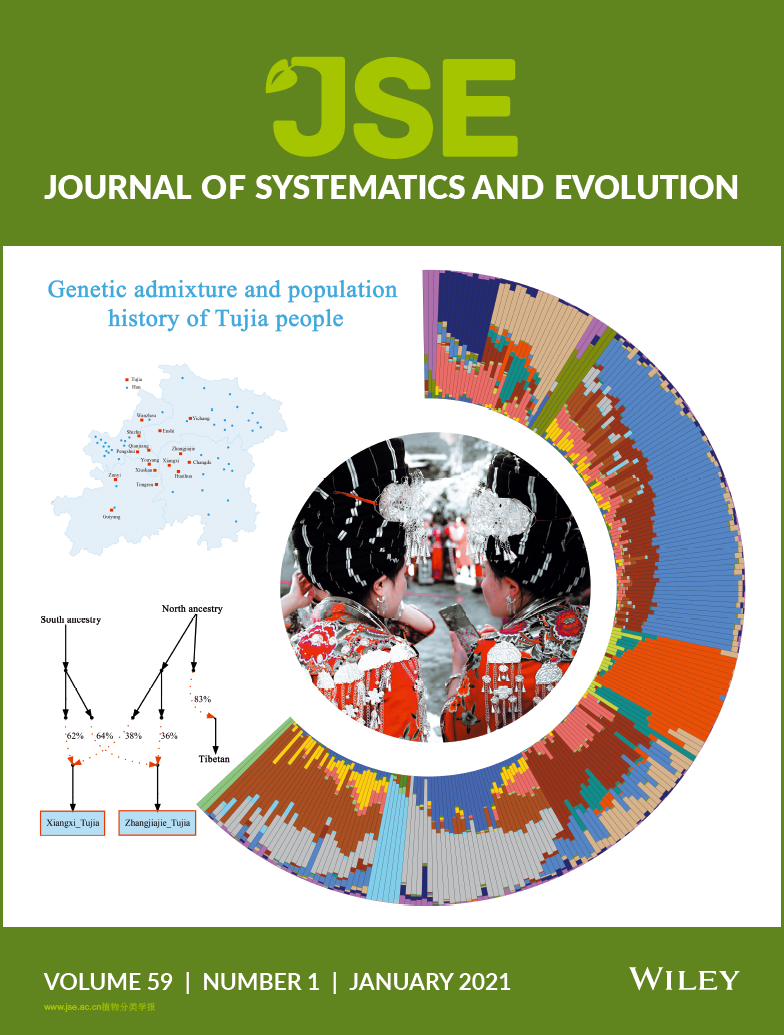Table of Contents
-

Volume 59 Issue 1
Cover illustration: The population genetic structure and admixture history of Tibeto-Burman-speaking Tujia people are largely unknown due to a lack of sampling. Investigation on the fi ne-scale genetic structure in 505 unrelated individuals from 63 indigenous central Chinese populations by He et al. (pp. 1–20 in this issue) not only discovered the strong genetic similarities between Tujia and surrounding Han Chinese, suggesting massive population movements and genetic admixture under language borrowing, but also illuminated that all central Chinese populations could be modelled as a two-way admixture deriving primary ancestry from a northern ancestral population closely related to the ancient DevilsCave and present-day Tibetans and a southern ancestral population closely related to the present-day Tai-Kadai and Austronesian-speaking groups.
Photograph by Peng Deng. Designed by Chuan-Chao Wang and Guang-Lin He. [Detail] ...
Editors-in-Chief
Song Ge
Jun Wen
Song Ge
Jun Wen
Impact Factor
3.7
JCR 2022 IF ranking: 60/238 (Plant Sciences, top 25%, Q2 quartile)
Journal Abbreviation: J Syst Evol
CN: 11-5779/Q
Frequency: Bi-monthly
Journal Abbreviation: J Syst Evol
| ISSN: | 1674-4918 (Print) 1759-6831 (Online) |
Frequency: Bi-monthly

Scan to view the journal on your mobile
device
device

Scan to follow us on WeChat







